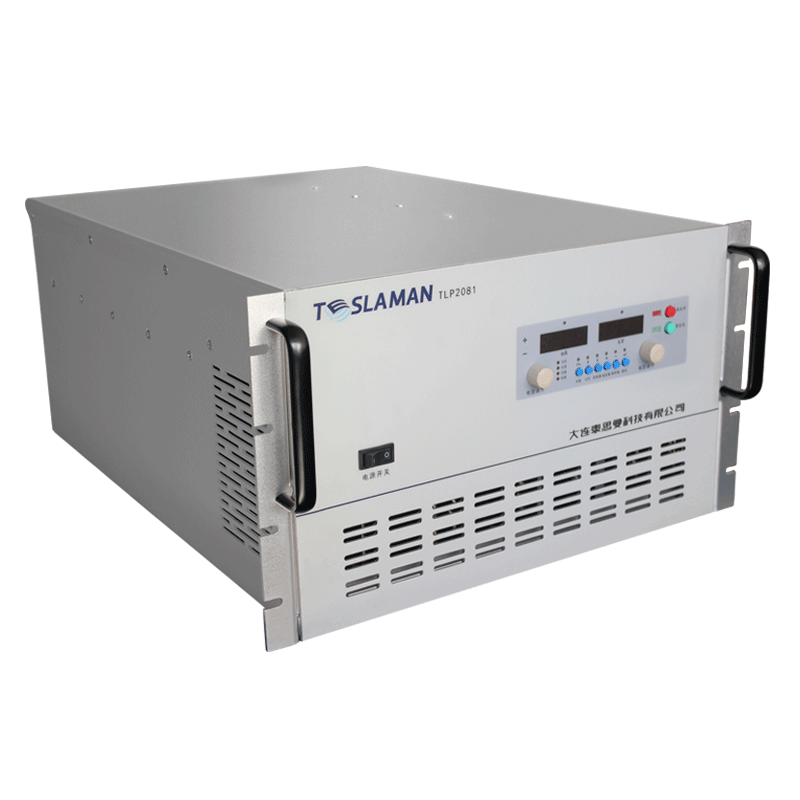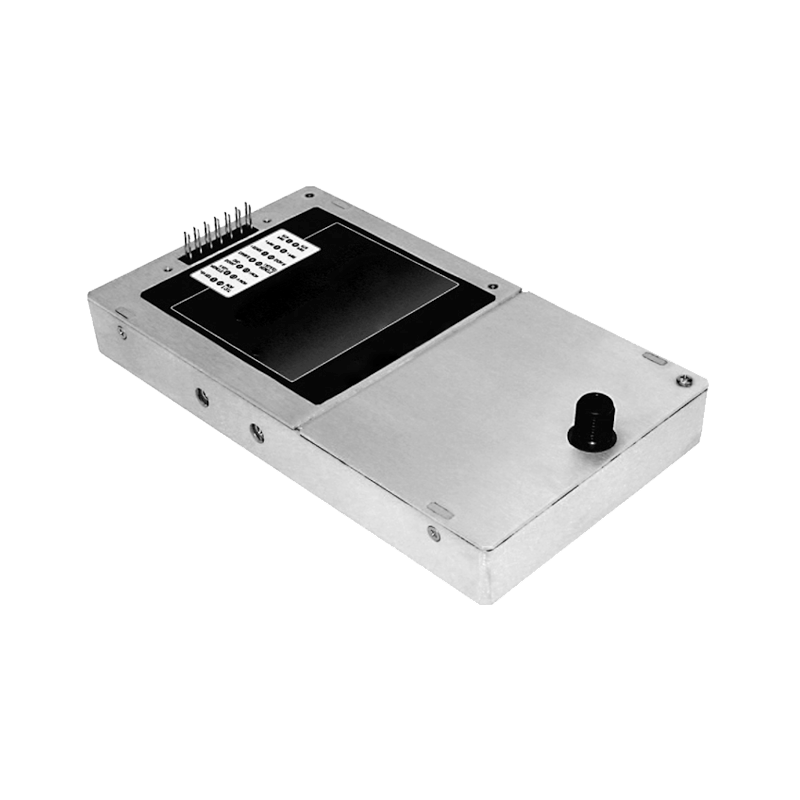Performance Improvement of Electrophoresis High-Voltage Power Supply
In the fields of electrophoretic coating and separation technology, high-voltage power supplies serve as the core energy source, and their performance directly affects coating quality and separation efficiency. With the increasing demands for coating uniformity and fineness in industrial production, as well as the growing requirements for electrophoresis separation resolution in scientific research, electrophoresis high-voltage power supplies are undergoing a comprehensive performance upgrade from traditional analog control to intelligent and high-precision operation.
1. Optimization of Output Stability and Ripple Suppression
Electrophoresis processes are extremely sensitive to voltage stability. Even minor voltage fluctuations can lead to uneven coating thickness or deviation in separation results. The new generation of electrophoresis high-voltage power supplies significantly improves output stability through optimized topology and control strategies. By adopting full-bridge phase-shifted soft-switching technology, while reducing switching losses, the output ripple is controlled within ±1%, which is more than three times better than that of traditional hard-switching power supplies. In scenarios with dynamic load changes, the built-in adaptive feedback adjustment system of the power supply can complete voltage compensation within milliseconds, ensuring that the electrophoresis process is not affected by external interference. This is especially suitable for high-demand coating scenarios such as automotive parts and aerospace components.
2. Intelligent Control and Precise Parameter Adjustment
Traditional electrophoresis power supplies rely on manual preset parameters and are difficult to adapt to complex working conditions. Modern high-voltage power supplies introduce digital signal processing (DSP) and fuzzy PID control algorithms to build an intelligent control system. The system can monitor parameters such as the conductivity and temperature of the electrophoresis bath solution in real time and automatically adjust the output voltage, current, and pulse frequency. For example, in electrophoretic coating, according to the differences in the shape and material of the workpiece, the power supply can dynamically optimize the pulse waveform, increasing the coating deposition rate by 20% while reducing sagging and pinhole defects at the edges. In electrophoresis separation experiments, by precisely controlling the voltage gradient, the separation resolution of biomolecules such as proteins and nucleic acids can be increased by 15%, meeting the high-precision requirements of life science research.
3. Modular Design and Enhanced System Compatibility
Modular design has become a key technology for improving the adaptability of electrophoresis power supplies. By decomposing the power supply into power modules, control modules, and monitoring modules, users can flexibly configure the power level according to the scale of the electrophoresis equipment. For example, large automated coating production lines can achieve high-voltage output in the tens of thousands of volts by paralleling multiple power modules, while small laboratory electrophoresis devices can use integrated modules to balance portability and functional integrity. In addition, the application of standardized communication interfaces (such as Modbus and CAN bus) enables the power supply to seamlessly integrate into industrial automation systems or laboratory intelligent control platforms, realizing remote monitoring and data collaboration and improving production and research efficiency.
4. Energy Efficiency Enhancement and Strengthened Safety Protection
Against the backdrop of energy conservation and emission reduction, electrophoresis high-voltage power supplies have increased the energy feedback efficiency to over 90% through the introduction of bidirectional power conversion technology, significantly reducing operating costs. The power supply is internally integrated with an active power factor correction (PFC) circuit, increasing the power factor to 0.98 and reducing harmonic pollution to the power grid. In terms of safety protection, multiple protection mechanisms (overvoltage, overcurrent, leakage protection) and electrical isolation design ensure the safety of operators. In explosive and flammable electrophoretic coating workshops, explosion-proof power supply designs effectively prevent safety hazards caused by electric sparks, providing a solid safety barrier for industrial production.
The performance improvement of electrophoresis high-voltage power supplies has promoted the innovation of coating processes and electrophoresis separation technologies. In the future, with the deep integration of artificial intelligence and Internet of Things technologies, electrophoresis power supplies will develop towards greater intelligence, efficiency, and safety, providing solid technical support for industrial manufacturing and scientific research exploration.




















